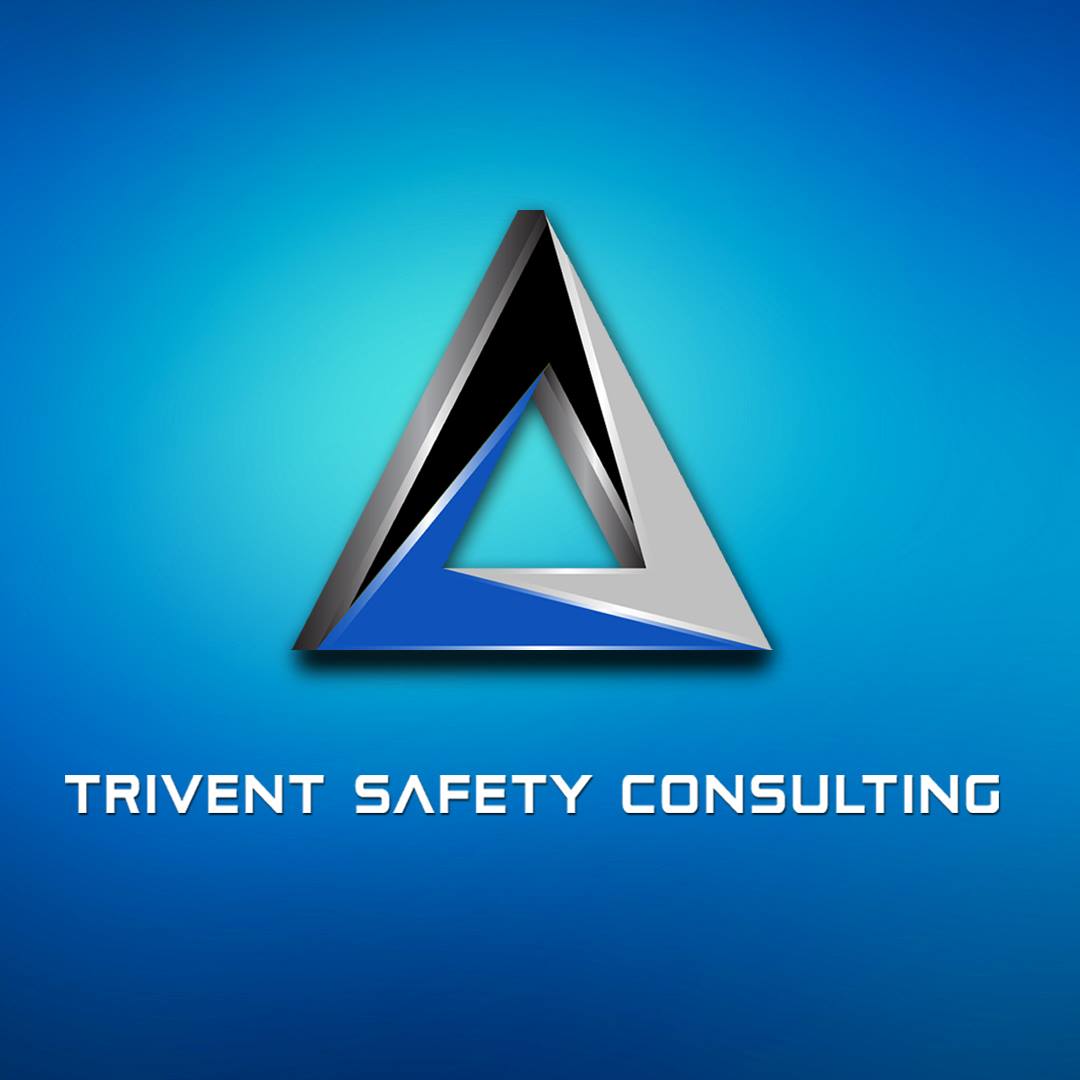Changes to North American standards (ANSI A92 in the United States and CSA B354 in Canada) are coming – ANSI A92 went into effect in June 2020, (CSA B354 was published May 2017) and these changes will create a new “normal” for mobile elevated work platforms (MEWPs), formerly known as aerial work.

Changes to North American standards (ANSI A92 in the United States and CSA B354 in Canada) are coming – ANSI A92 went into effect in June 2020, (CSA B354 was published May 2017) and these changes will create a new “normal” for mobile elevated work platforms (MEWPs), formerly known as aerial work platforms (AWPs), worldwide.
Certified aerial lift operators have completed training that verifies they can safely use and maintain different types of lifts. These operators follow OSHA standards and the latest addition of the ANSI A-92 training requirements A92.20 (design), A92.22 (safe use), and A92.24 (training).
In order to legally use an aerial lift at a worksite, an operator must hold certification. Otherwise, the operator and their employer are violating OSHA requirements.
This training shall be provided to MEWP operators and their supervisors and include the inspection, maintenance, use, application, and operation of MEWPs.
Aerial lifts that differ from Trivent Safety Consulting equipment shall be evaluated by the company’s qualified representative at their facility using a operator evaluation form.
OSHA Safety Training and Compliance Specialists Nationwide- As a full-service OSHA consulting group, Trivent Safety Consulting can help your company develop, implement, and maintain a safety & health program that not only meets, but exceeds OSHA’s requirements to provide a safe & health work environment.
Instructor Led Onsite Safety & Health Training- With over 75 years of combined expert safety & health training experience our instructors make every class a training experience that will relate back to their work environment.
Our Instructor Qualifications Include:
© 2025 coursetakers.com All Rights Reserved. Terms and Conditions of use | Privacy Policy